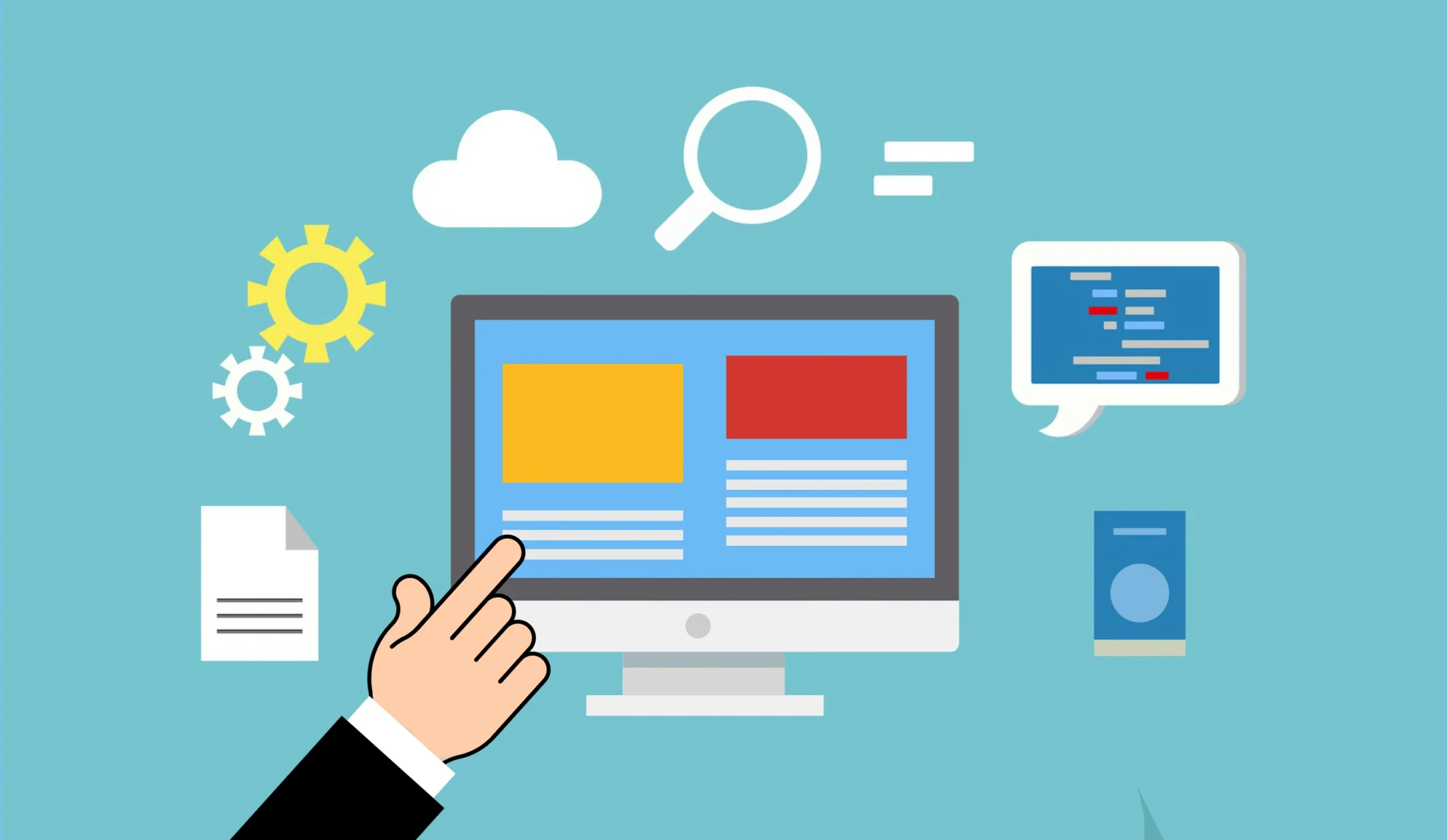How Graphical Abstract Can Help to Relay Your Message

Whether you’re a scientist presenting your latest findings at a conference, an artist sharing your work with the world, a teacher trying to engage your students, or simply someone with a story to tell, graphical abstracts can be a powerful tool to help you communicate your message.
Table of Contents
What are Graphical Abstracts?
Graphical abstracts, also known as infographics, are visual representations of information or data. They can be used to communicate a variety of messages, from scientific findings to personal stories. For instance, a graphical abstract might be used to explain the results of a scientific study, or to share an artist’s process for creating a work of art.
Infographics can be created using a variety of different tools and techniques, including hand-drawing, computer software, or even physical objects. The important thing is that they are designed in a way that makes the information easy to understand and digest. On top of that, they should be visually appealing so that people are actually motivated to engage with them.
How Can You Create Graphical Abstracts to Relay Messages?
There are a few key things to keep in mind when you’re creating graphical abstracts. First, you need to make sure that the visuals you use are clear and easy to understand. This means using high-contrast colors, and simple shapes and avoiding too much clutter. It may also mean using labels or annotations to explain what certain elements represent.
Second, you need to think about the overall design of your infographic. This includes things like the layout, the hierarchy of information, and the use of white space. All of these factors will affect how easy it is for people to understand your message.
Third, you need to consider the format of your infographic. This will depend on where you plan on sharing it, as well as what type of information you’re trying to communicate. For instance, if you’re sharing data from a scientific study, a table or graph might be the best way to represent that information. On the other hand, if you’re telling a personal story, you might want to use a more narrative format.
Finally, you need to make sure that your infographic is accessible to everyone who wants to view it. This means considering things like text size, color blindness, and screen readers.
What are the Benefits of Using Graphical Abstracts?
There are a number of benefits to using graphical abstracts. First, they can help you communicate complex information in a more understandable and digestible way. This is especially useful when you’re presenting to a non-expert audience.
Second, graphical abstracts can help you capture people’s attention and interest. With so much information competing for our attention these days, it’s important to make sure that your message stands out. A well-designed infographic can do just that.
Third, graphical abstracts can be a powerful tool for storytelling. By combining visuals and text, you can create infographics that are both informative and emotionally engaging. This is a great way to connect with your audience on a deeper level.
Fourth, graphical abstracts can help you reach a wider audience. Since they can be easily shared online, infographics have the potential to reach people all over the world.
Avoiding Common Mistakes
There are a few common mistakes that people make when creating graphical abstracts. First, they try to cram too much information into one infographic. This can make the overall design seem cluttered and confusing. Second, they use low-quality visuals or images. This can make their infographic look unprofessional and decrease its overall impact.
Third, they fail to proofread their work. This can result in errors or typos that could have easily been avoided. Fourth, they neglect to consider the overall design of their infographic. As a result, their final product may be difficult to understand or visually unappealing.
By avoiding these common mistakes, you can create graphical abstracts that are both effective and eye-catching.
Conclusion
So, if you’re looking for a way to communicate your message more effectively, consider using graphical abstracts. With their help, you can create visuals that are both informative and visually appealing. And who knows? You might just end up reaching a wider audience than you ever thought possible. Just remember to avoid the common mistakes that people make when creating them.



